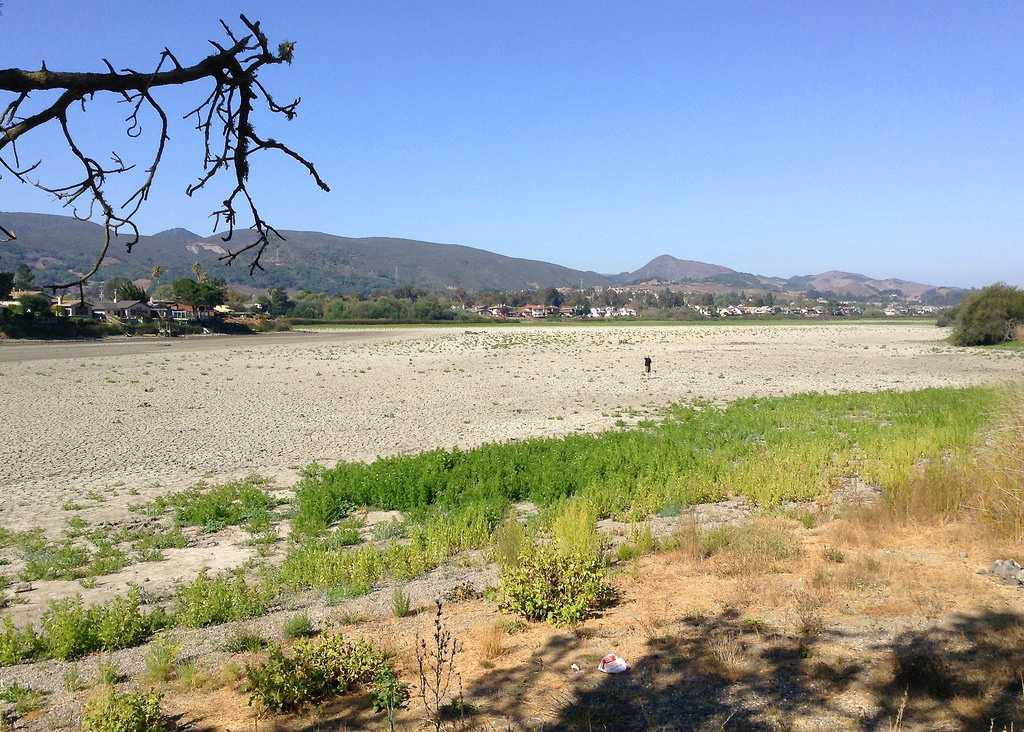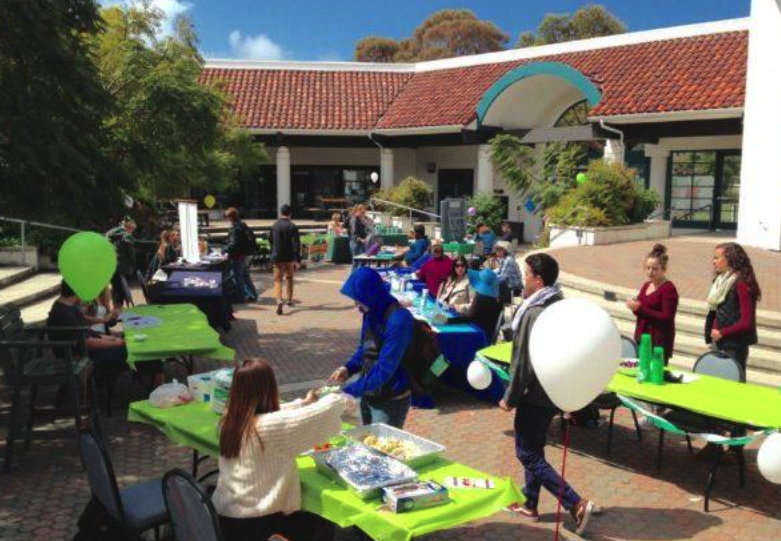By Andrew Gregg, Online Editor
Cuesta is on track to keep its water usage low in response to California’s record-breaking drought, according to campus officials.
As of November 2016 Cuesta is expected to once again exceed the state mandated goal of reducing its water usage by 25 percent from 2013, according to Terry Reece, Cuesta’s director of Facilities Services and Capital Projects.
Cuesta reduced its water usage 44 percent in 2015 when it switched to low-flow toilets and significantly cut the amount of water used for landscaping, exceeding the mandate by 19 percent, according to Cuesta’s website.
“This is a huge positive and it definitely sets a precedent for how water should be used in the future,†said Steven Hendricks, an environmental biology professor at Cuesta.
The mandate — issued in April 2015 after Governor Jerry Brown declared a state of emergency in response to California’s water crisis — comes at a time of heightened environmental concerns throughout the country.
Both President Barack Obama and Brown have announced plans to combat climate change, with the governor also linking climate change to California’s recent drought, which meteorologists say is the worst since officials began recordkeeping in the 1990s.
However, some find Brown’s link between California’s drought and climate change to be premature.
“There is no doubt that climate change is continuing to increase temperatures on our planet,†Hendricks said. “2016 is on pace to be the warmest on record and 15 of the last 16 years are the warmest on record. However, to say at this point that climate change is responsible for California’s worsening drought has no scientific merit.â€
“You cannot say that any particular weather day or phenomenon is attributable to climate change, even something as significant as a six year drought,†Hendrick’s continued. “It may just be part of an extended cycle.â€
“However, if this drought continues to be the ‘new normal’ and ‘normal’ rain doesn’t return within the next few years, then that gives more validity to blame climate change,†Hendricks added. “Climate change is related to long term changes.â€
In 2015, Brown signed into law Senate Bill 350, mandating that California must obtain 50 percent of its energy from renewable sources by 2030.
While Cuesta has no official stance on climate change, Reece said that it is continually looking for ways to reduce energy consumption and waste production.
As Cuesta adapts to the new legislation, Reece said that there have been few negative consequences.
“We have received almost nothing but positive feedback from the Cuesta community,†said Reece, noting that some people do miss the green grass.
While factors such as cost, aesthetic impact and staff workload are crucial in making a decision, the most important consideration is the impact the policies have on the learning environment, according to Reece.
The final tally for water reduction in 2016 will depend on Cuesta’s ability to mitigate water loss due to pipe failures, but Cuesta is still poised to exceed the mandate, according to Reece.
Cuesta’s plan for 2017 is to keep doing what it’s been doing in order to once again exceed the mandate, Reece said.
“We do what we can within available resources to be responsible stewards of our facilities, land, and assets,†Reece said.















